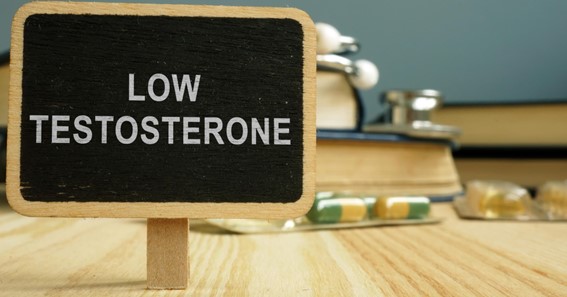As you age, your testosterone (T) level decreases, and this trend continues throughout your life. Besides age, any damage to the key glands responsible for testosterone production leads to reduced testosterone levels. This includes damage to the testes, the pituitary gland, and the hypothalamus. There are many problems associated with low testosterone levels, and unfortunately, most are not obvious as they could be associated with other conditions. These include low libido, hair loss, muscle loss, mood swings, memory loss, low sperm count, among others. However, all is not lost as there are many solutions to these problems. NovaGenix is low T clinic West Palm that offers solutions to low T problems. Below we explore the common problems associated with low T and some of the solutions you can try to ease your symptoms.
Click here – Why do you need to use links in bio tools for the promotion of your brand?
Common Low Testosterone Problems
Male hypogonadism is a testosterone deficiency resulting from the body not producing enough testosterone. The condition mostly arises if there are problems with the pituitary gland, the hypothalamus, or the testicles. Men who have had their testicles injured or those suffering from HIV and AIDs are at a high risk of male hypogonadism. In the same category are men who have undergone chemotherapy, radiation therapy and those whose testicles did not descend as children. Besides the above, the natural aging process is one of the main causes of low testosterone in men.
Some of the most common problems associated with low testosterone include:
Erectile dysfunction
Low libido
Infertility
Fatigue and mood swings
Muscle mass loss
Solutions to Common Testosterone Problems
Testosterone Replacement Therapy (TRT)
This follows a thorough health history and physical test done by a qualified doctor. A blood test is administered to ascertain your testosterone levels and a red blood cell count to ensure you don’t end up with excess when you get testosterone injections.
Therapy is in the form of injections, patches, and gels. The injections are administered on muscles every 10 to 14 days. Gels are applied on a daily basis to clean skin, usually on the upper part of the back and arms. Care should be exercised to ensure the testosterone hormone which is packaged as gel is not transferred to another person. There is an option of pellets that are implanted under the skin after every two months. The last option in TRT administration is testosterone patches. These are applied to different parts of the body such as the arms, back, and abdomen on a daily basis.
TRT helps boost energy in the case of mood swings and brings a sense of well-being. There is increased muscle mass and it also helps restore sexual function in the case of low libido and erectile dysfunction. It also protects against osteoporosis due to increased bone density, and fat loss.
Resistance Training and Weight Loss
Resistance training that includes weight lifting increases T levels temporarily. This increase has been observed to be higher in younger men compared to older men engaging in the same activities. Cardiovascular exercise aids weight loss which eventually Increases T levels. This is practical in obese people where after weight loss there is a reported increase in sexual drive, mental clarity, and general mood.
Click here – Should we buy Home and Kitchen Appliances Online?
Testosterone Boosting Foods
Certain types of food increase T levels in the body. The first step should be consuming foods that keep T levels normal. This includes foods rich in Zinc, Magnesium, and Vitamin D. Other foods that boost testosterone levels in the body include garlic, egg yolks, oysters, shellfish, tuna, beef, beans, fortified cereals, and low-fat milk.
Testosterone Boosters
There are natural remedies believed to boost testosterone levels in the body. Some of these include good sleep. Studies have shown that sleep deprivation greatly reduces T levels. Increased sugar intake has also been proven to reduce T levels in the blood up to 25 percent.
Reduced Alcohol Intake
Alcohol is known to reduce testosterone levels with heavy drinkers having been found to have shrunken testes and high estrogen levels. They are also the main culprits when it comes to erectile dysfunction and low libido. Studies have shown an increase in T levels to normal levels within three weeks of abstinence from abstinence. Alcohol interferes with three glands in the body that are responsible for testosterone production. These include the hypothalamus, the pituitary gland, and the testes.
If you are experiencing symptoms of low T levels, ensure you seek medical advice so that the problem can be arrested early enough. With good nutrition, exercise, and therapy you have enough options.







